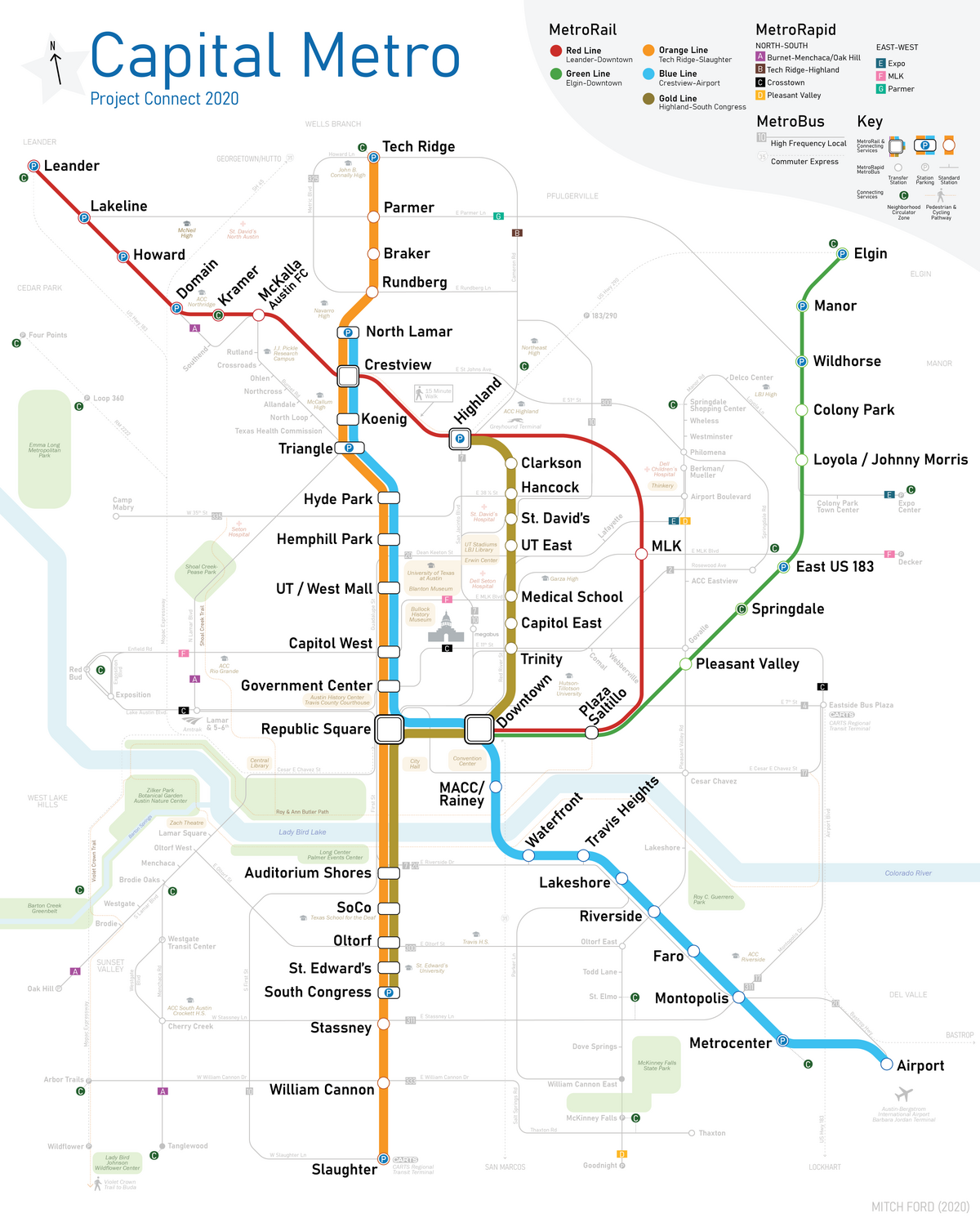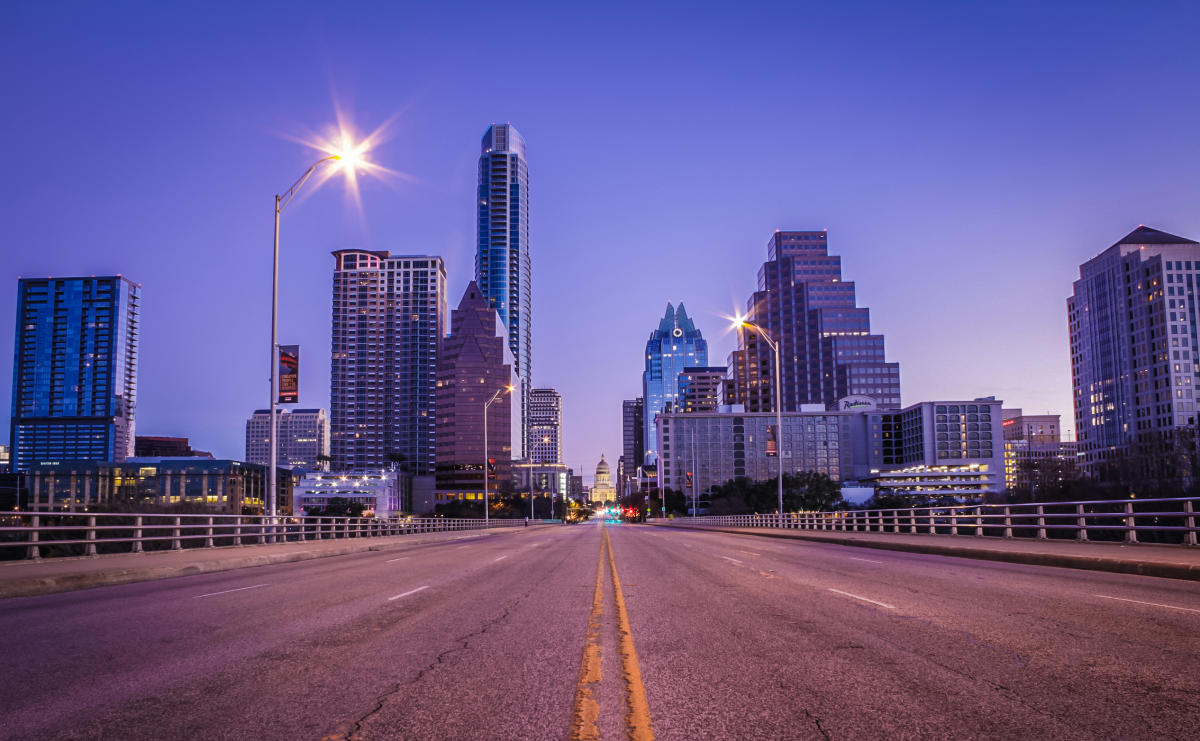Former NYC Transit President and beloved “Train Daddy” Andy Byford (and TTC CEO) will join Amtrak next month as an executive vice president, Streetsblog has learned.
Byford, who earned his nickname during his time running the MTA’s city bus and subway system from January 2018 to February 2020,
returned to the United States last year after a stint in his native U.K. as the head of Transport for London.
At Amtrak, Byford will oversee the development of high-speed rail, according to an internal company memo. The fast train tech, which is commonplace in Asia and Europe, has historically eluded the U.S.
“Andy is widely respect in the industry and has a wealth of experience leading large transportation systems worldwide,” Amtrak officials said in an email to employees on Thursday. Byford’s first day will be April 10.
The cheery Brit’s tenure in New York was marked by increased on-time subway performance, the approval of $40 billion in proposed spending to modernize city subways and buses, and his very public squabbles and eventual falling out with then-Gov. Andrew Cuomo, who was later forced to resign in a sexual harassment scandal.
Byford, who also served in executive transit roles in Sydney and Toronto, left New York on the eve of the pandemic, saying he had had enough of “interference” from the now-disgraced governor, with whom he sparred over the cancellation of NYCT’s long-planned L train shutdown.
“I needed to be left to run the system,” Byford
told CBS New York’s Marcia Kramer shortly after his departure. “It got to a point where it was obvious … I was not going to be allowed to get on with what needed to be done.
“I had to make to my mind up, as a person with very strong principles, can I accept … a situation where I’m in a safety-critical role and the people are being given direction on operational matters behind my back,” he added.
Amtrak’s decision to hire Byford for a critical mission earned plaudits from Lisa Daglian, executive director of the MTA’s in-house Permanent Citizens Advisory Committee.
“Having Andy Byford in that role means the whole nation can benefit from having a ‘Train Daddy’ and his wealth of experience,” Daglian said.
“He’s lived and worked in places where high speed rail actually exists and is in a great position to help bring it here. He’s got excellent relationships within the MTA that will help smooth the way as conversations about a multitude of projects continue. And he understands the complexity of the system and its components — and mostly, how to put riders first.”






